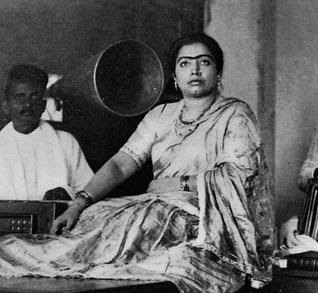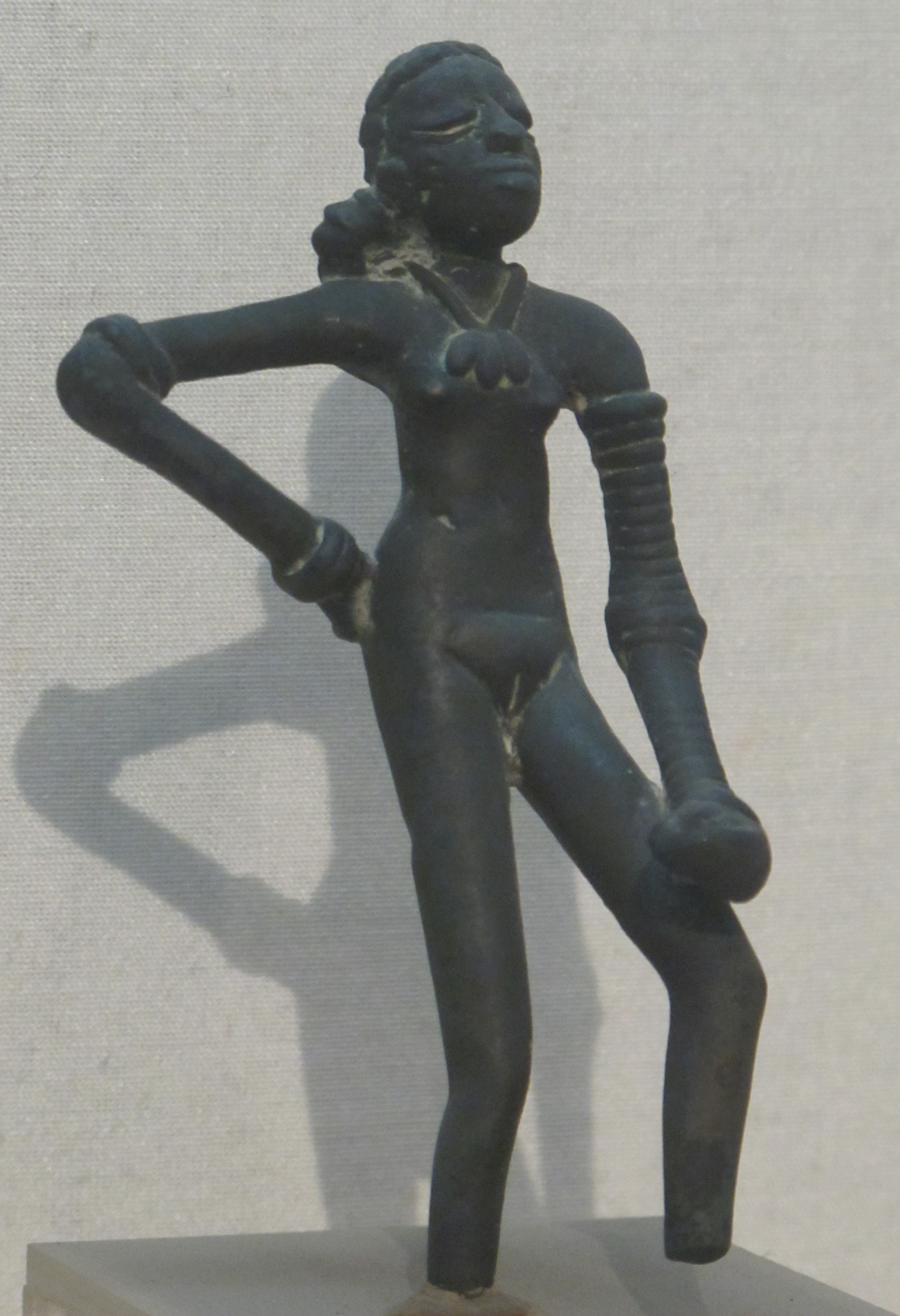|
The Other Song
''The Other Song'' is a 2009 documentary film directed by Saba Dewan that journeys across Varanasi, Lucknow and Muzzafarpur, India. The film traces the lost traditions and the culture of tawaif A ''tawaif'' was a highly successful entertainer who catered to the nobility of the Indian subcontinent, particularly during the Mughal era. The tawaifs excelled in and contributed to music, dance ( mujra), theatre, and the Urdu literary tradi ...s (courtesans of North India), particularly, through a song by Rasoolan Bai, ''Lagat karejwa ma chot, phool gendwa na maar'' and its lesser known, earlier version ''Lagat jobanwa ma chot, phool gendwa na maar'' recorded in 1935 Gramophone recording. The making Saba Dewan spent eight years, researching and gathering information from personal and institutional archives for making The Other Song. The movie went on to become a pioneer in a space where little or no research has been done. The film has a distinctive narrative style and captures r ... [...More Info...] [...Related Items...] OR: [Wikipedia] [Google] [Baidu] |
Saba Dewan
Saba Dewan is an Indian documentary film maker based in New Delhi. Her films are based on sexuality, gender, identity, communalism and culture. Her notable works include ''Dharmayuddha'' (Holy War, 1989), ''Nasoor'' (Festering Wound, 1991), ''Khel'' (The Play, 1994), ''Barf'' (Snow, 1997) and ''Sita's Family'' (2001). She is best known for her trilogy on stigmatized female performers, ''Delhi-Mumbai-Delhi'' (2006), ''Naach'' (The Dance, 2008) and '' The Other Song'' (2009). She has written her first book "Tawaifnama" which has emerged from her trilogy on dancing girls. It is a well researched book on "tawaif (courtesans) living in banaras and Bhabhua. It is multi-generational chronicle first published in 2019. Life Saba was born and brought up in New Delhi. She finished her schooling in 1982 and completed her Bachelors in History from St. Stephen's college, University of Delhi from 1982-1985. She further received a master's degree in Mass Communications from the Mass Communi ... [...More Info...] [...Related Items...] OR: [Wikipedia] [Google] [Baidu] |
India Foundation For The Arts
India Foundation for the Arts (IFA) is a national, non-profit, the grantmaking organisation that supports the practice, research and education in the arts in India. Established as a public trust in 1993, IFA is headquartered in Bangalore. Its founder-director, Anmol Vellani previously worked for the Ford Foundation. IFA's mission is to enrich the arts in India, by providing support for innovative projects and capacity building across all the arts. Management The Founder Director, Anmol Vellani, is a professional in arts management and organised philanthropy. Our current Executive Director, Arundhati Ghosh is an internationally recognised professional in the arts and organised philanthropy. The staff at IFA comes with diverse backgrounds and experiences and is encouraged to engage with and respond to the changing needs and aspirations of the field. The board of trustees bring to their work considerable experience in the arts and humanities, industry, finance, public affairs, com ... [...More Info...] [...Related Items...] OR: [Wikipedia] [Google] [Baidu] |
Tawaif
A ''tawaif'' was a highly successful entertainer who catered to the nobility of the Indian subcontinent, particularly during the Mughal Empire, Mughal era. The tawaifs excelled in and contributed to music, dance (mujra), theatre, and the Urdu literary tradition, and were considered an authority on etiquette. Tawaifs were largely a North Indian institution central to Mughal court culture from the 16th century onwards and became even more prominent with the weakening of Mughal rule in the mid-18th century. They contributed significantly to the continuation of traditional dance and music forms and then to the emergence of modern Indian cinema. History The patronage of the Mughal court before and after the Mughal Dynasty in the Doab region and the artistic atmosphere of 16th century Lucknow made arts-related careers a viable prospect. Many girls were taken at a young age and trained in both performing arts (such as Kathak and Hindustani classical music) as well as literature (ghazal ... [...More Info...] [...Related Items...] OR: [Wikipedia] [Google] [Baidu] |
The Hindu
''The Hindu'' is an Indian English-language daily newspaper owned by The Hindu Group, headquartered in Chennai, Tamil Nadu. It began as a weekly in 1878 and became a daily in 1889. It is one of the Indian newspapers of record and the second most circulated English-language newspaper in India, after '' The Times of India''. , ''The Hindu'' is published from 21 locations across 11 states of India. ''The Hindu'' has been a family-owned newspaper since 1905, when it was purchased by S. Kasturi Ranga Iyengar from the original founders. It is now jointly owned by Iyengar's descendants, referred to as the "Kasturi family", who serve as the directors of the holding company. The current chairperson of the group is Malini Parthasarathy, a great-granddaughter of Iyengar. Except for a period of about two years, when S. Varadarajan held the editorship of the newspaper, the editorial positions of the paper were always held by members of the family or held under their direction. Histo ... [...More Info...] [...Related Items...] OR: [Wikipedia] [Google] [Baidu] |
Indian Documentary Films
Indian or Indians may refer to: Peoples South Asia * Indian people, people of Indian nationality, or people who have an Indian ancestor ** Non-resident Indian, a citizen of India who has temporarily emigrated to another country * South Asian ethnic groups, referring to people of the Indian subcontinent, as well as the greater South Asia region prior to the 1947 partition of India * Anglo-Indians, people with mixed Indian and British ancestry, or people of British descent born or living in the Indian subcontinent * East Indians, a Christian community in India Europe * British Indians, British people of Indian origin The Americas * Indo-Canadians, Canadian people of Indian origin * Indian Americans, American people of Indian origin * Indigenous peoples of the Americas, the pre-Columbian inhabitants of the Americas and their descendants ** Plains Indians, the common name for the Native Americans who lived on the Great Plains of North America ** Native Americans in the Un ... [...More Info...] [...Related Items...] OR: [Wikipedia] [Google] [Baidu] |
2009 Films
The year 2009 saw the release of many films. Seven made the top 50 list of highest-grossing films. Also in 2009, the Academy of Motion Picture Arts and Sciences announced that as of that year, their Best Picture category would consist of ten nominees, rather than five (the first time since the 1943 awards). Evaluation of the year Film critic Philip French of ''The Guardian'' said that 2009 "began with the usual flurry of serious major movies given late December screenings in Los Angeles to qualify for the Oscars. They're now forgotten or vaguely regarded as semi-classics: ''The Reader'', '' Che'', ''Slumdog Millionaire'', '' Frost/Nixon'', '' Revolutionary Road'', ''The Wrestler'', ''Gran Torino'', '' The Curious Case of Benjamin Button''. It soon became apparent that horror movies would be the dominant genre once again, with vampires the pre-eminent sub-species, the most profitable inevitably being '' New Moon'', the latest in Stephenie Meyer's ''Twilight'' saga, the best the ... [...More Info...] [...Related Items...] OR: [Wikipedia] [Google] [Baidu] |
2009 Documentary Films
9 (nine) is the natural number following and preceding . Evolution of the Arabic digit In the beginning, various Indians wrote a digit 9 similar in shape to the modern closing question mark without the bottom dot. The Kshatrapa, Andhra and Gupta started curving the bottom vertical line coming up with a -look-alike. The Nagari continued the bottom stroke to make a circle and enclose the 3-look-alike, in much the same way that the sign @ encircles a lowercase ''a''. As time went on, the enclosing circle became bigger and its line continued beyond the circle downwards, as the 3-look-alike became smaller. Soon, all that was left of the 3-look-alike was a squiggle. The Arabs simply connected that squiggle to the downward stroke at the middle and subsequent European change was purely cosmetic. While the shape of the glyph for the digit 9 has an ascender in most modern typefaces, in typefaces with text figures the character usually has a descender, as, for example, in . The mod ... [...More Info...] [...Related Items...] OR: [Wikipedia] [Google] [Baidu] |
Indian Music
Owing to India's vastness and diversity, Indian music encompasses numerous genres in multiple varieties and forms which include classical music, folk (Bollywood), rock, and pop. It has a history spanning several millennia and developed over several geo-locations spanning the sub-continent. Music in India began as an integral part of socio-religious life. History Pre-history Paleolithic The 30,000-year-old paleolithic and neolithic cave paintings at the UNESCO world heritage site at Bhimbetka rock shelters in Madhya Pradesh show a type of dance. Mesolithic and chalcolithic cave art of Bhimbetka illustrates musical instruments such as Gongs, Bowed Lyre, daf etc. Neolithic Chalcolithic era (4000 BCE onward) narrow bar shaped polished stone celts like music instruments, one of the earlier musical instrument in India, were excavated at Sankarjang in the Angul district of Odisha. There is historical evidence in the form of sculptural evidence, i.e. musical instruments ... [...More Info...] [...Related Items...] OR: [Wikipedia] [Google] [Baidu] |
2000s English-language Films
S, or s, is the nineteenth letter in the Latin alphabet, used in the modern English alphabet, the alphabets of other western European languages and others worldwide. Its name in English is ''ess'' (pronounced ), plural ''esses''. History Origin Northwest Semitic šîn represented a voiceless postalveolar fricative (as in 'ip'). It originated most likely as a pictogram of a tooth () and represented the phoneme via the acrophonic principle. Ancient Greek did not have a phoneme, so the derived Greek letter sigma () came to represent the voiceless alveolar sibilant . While the letter shape Σ continues Phoenician ''šîn'', its name ''sigma'' is taken from the letter '' samekh'', while the shape and position of ''samekh'' but name of ''šîn'' is continued in the '' xi''. Within Greek, the name of ''sigma'' was influenced by its association with the Greek word (earlier ) "to hiss". The original name of the letter "sigma" may have been ''san'', but due to the compli ... [...More Info...] [...Related Items...] OR: [Wikipedia] [Google] [Baidu] |


